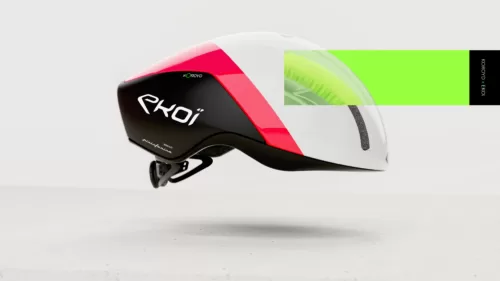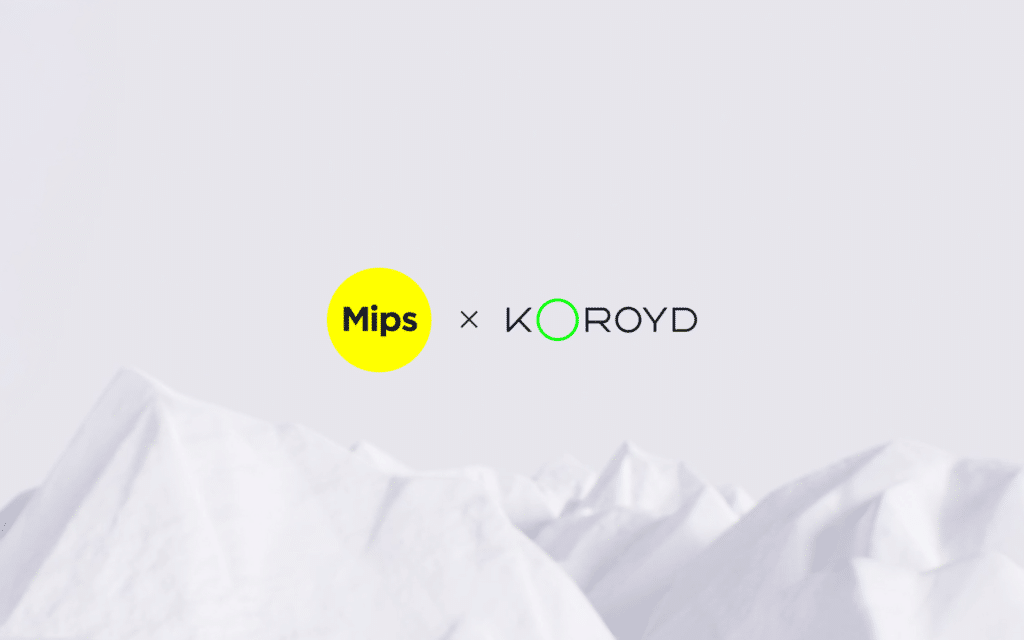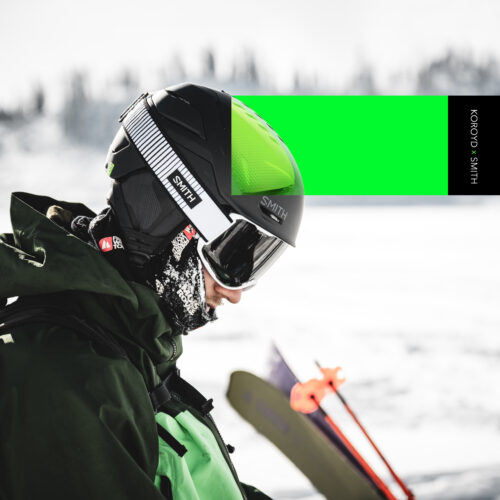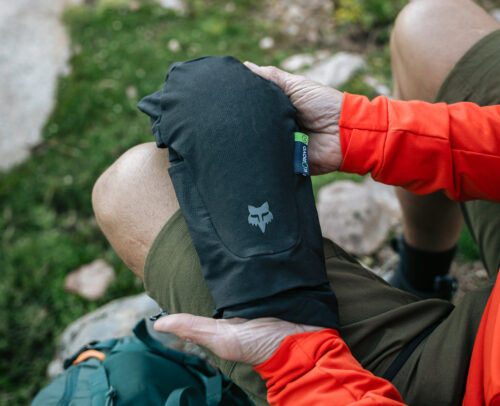Innovative PPE Solutions and Detailed Heat Stress Monitoring Key to New Regulations
In response to escalating temperatures across the western USA, OSHA has unveiled comprehensive guidelines aimed at preventing heat-related incidents in workplaces. These new standards apply to various sectors, including general industry, construction, maritime, and agriculture, covering both outdoor and indoor environments. The guidelines emphasise the need for employers to develop detailed Heat Injury and Illness Prevention Plans (HIIPP), integrating site-specific measures to monitor and control heat hazards. KOROYD, a leader in advanced PPE, is well-positioned to support these efforts with their innovative helmet technology that significantly reduces heat stress, providing a critical layer of protection for workers in extreme conditions.
KEY ELEMENTS OF OSHA’S NEW GUIDELINES
- Monitoring Heat Stress: Employers are required to use the Wet Bulb Globe Temperature (WBGT) or local heat index forecasts to monitor heat stress potential. The WBGT is crucial as it measures not just air temperature but also humidity, wind speed, and solar radiation, providing a comprehensive assessment of the environmental factors affecting workers’ ability to stay cool. This accurate measurement helps employers take proactive measures to prevent heat-related illnesses.
- Heat Illness Prevention Plans (HIIPP): Employers must develop and implement detailed Heat Illness Prevention Plans (HIIPP) tailored to their specific work sites. These plans include:
- Hydration Strategies: Ensuring that cool drinking water is readily available.
- Scheduled Rest Breaks: Instituting work-rest cycles, especially during peak heat times.
- Acclimatisation Protocols: Gradually increasing workers’ exposure to hot conditions to build tolerance, especially for new or returning workers.
- Emergency Response Training: Educating workers on recognizing and responding to heat stress symptoms. Measures intensify based on heat severity, with more stringent precautions for high heat conditions, such as mandatory rest breaks and observation for heat illness signs.
- PPE Upgrades: Emphasising the importance of advanced PPE to mitigate heat stress. Health and safety experts should incorporate regular PPE reviews into their HIIPP to ensure optimal protection. KOROYD helmets are highlighted for their superior impact protection and significant heat stress reduction capabilities. These helmets feature a unique tubular design that enhances airflow, keeping the head cooler by reducing internal temperatures by 4.5°C (8°F) compared to traditional helmets. Incorporating such advanced PPE is essential for meeting OSHA’s new standards and ensuring worker safety.
KOROYD HELMETS: PROVEN TO REDUCE HEAT STRESS
Prior to OSHA’s heat guidelines announcement, KOROYD recognized the critical need for effective helmet design to combat heat stress. Through this need KOROYD developed a specialized testing protocol to evaluate the effectiveness of helmet design at mitigating the buildup of heat and humidity in the wearer’s head. This pioneering testing methodology has shown that KOROYD helmets, with their unique tubular design, significantly outperform traditional foam-based helmets in cooling workers. These helmets reduce internal temperatures by 4.5°C (8°F), making them an essential part of a comprehensive heat stress mitigation strategy. You can read more about KOROYD’s heat stress findings and the published whitepaper on their study.


So, What’s Next for OSHA Regulations?
The new OSHA regulations are currently in the proposal stage, with a public comment period allowing stakeholders to provide feedback. The final rules are expected to be implemented soon, potentially by the next heat season. Employers should start preparing by staying updated on these developments and integrating the recommended measures into their safety protocols. This proactive approach will not only ensure compliance but also significantly enhance worker safety and comfort in increasingly extreme climate conditions.
By adopting measures such as KOROYD helmets and comprehensive heat illness prevention plans, companies can better protect their employees from heat-related illnesses and align with OSHA’s forthcoming standards. For more details, refer to the OSHA heat rulemaking fact sheet or contact KOROYD below if you have any specific questions about industrial head protection.











